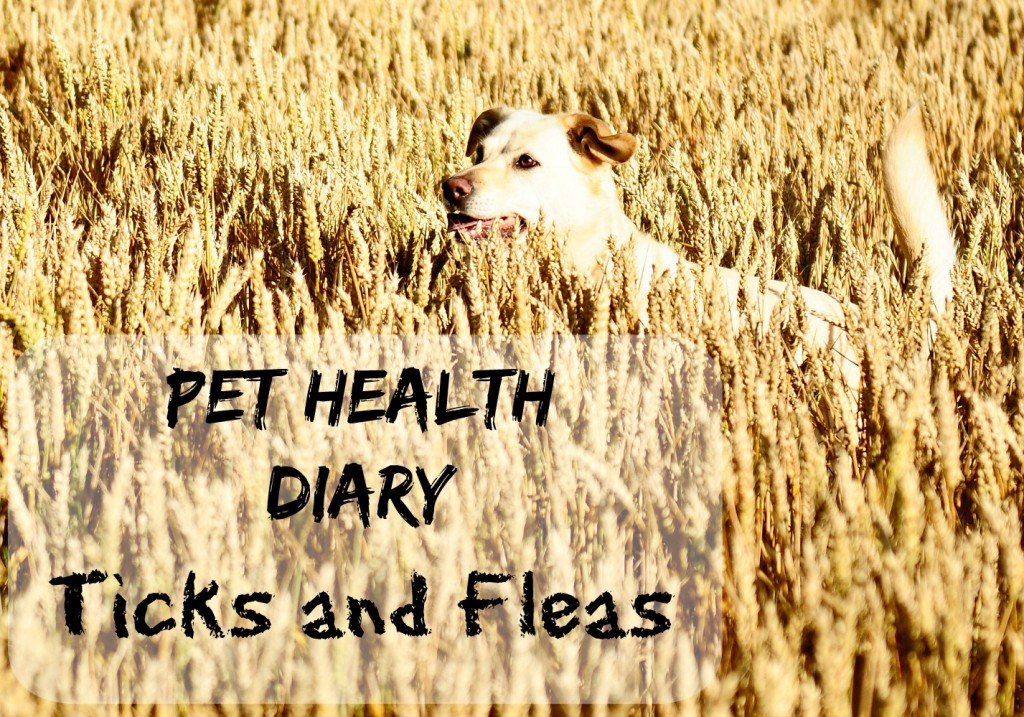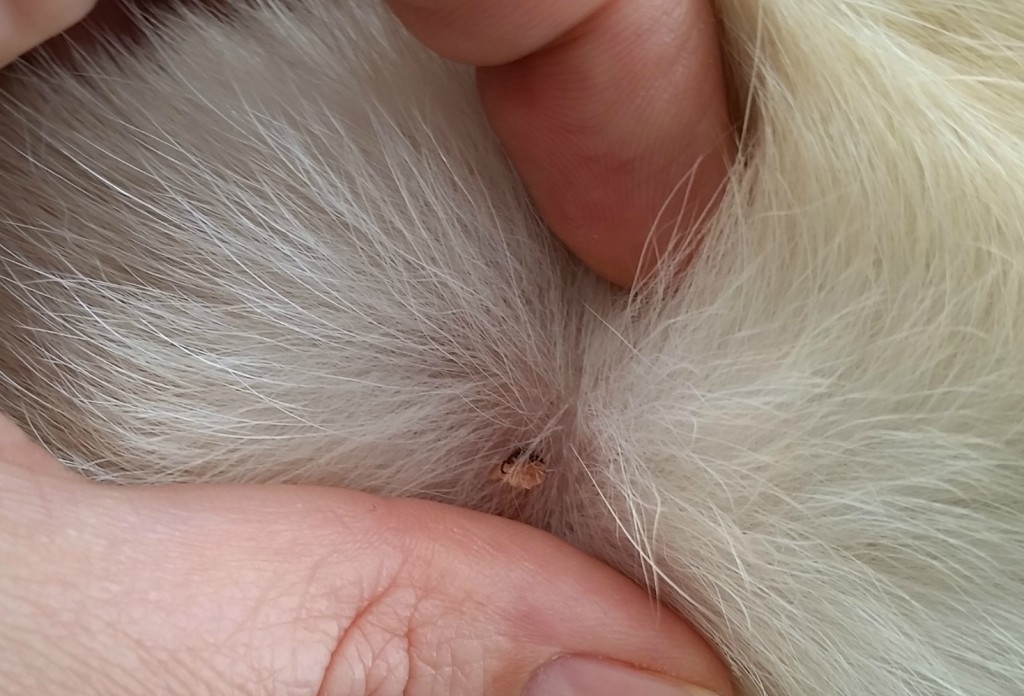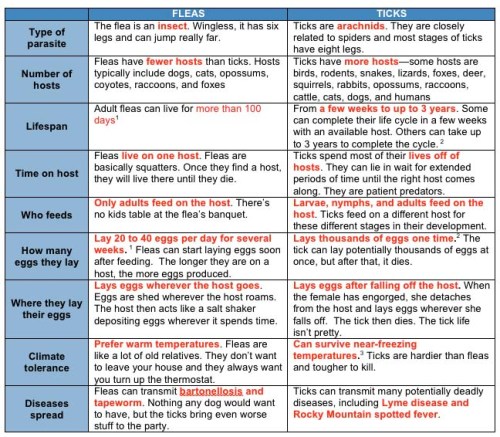 Ok, so some of you may have spotted that I have had a small break with my Pet Health Diary series but you will be pleased to note I am back. Despite the fact that I haven’t written a new part for the series for a while… well 2 months to be exactly… trust me when I say I would not neglect my pets in reality and skip their monthly health check, you have to believe me. Time to write about it later however is far less certain.
Ok, so some of you may have spotted that I have had a small break with my Pet Health Diary series but you will be pleased to note I am back. Despite the fact that I haven’t written a new part for the series for a while… well 2 months to be exactly… trust me when I say I would not neglect my pets in reality and skip their monthly health check, you have to believe me. Time to write about it later however is far less certain.
According to the plan we should talk about skin, coat and nails in this post but instead I have decided to cover ticks and fleas… again. I am saying again as last year I posted a detailed post about these creatures - All you need to know about Ticks and Fleas. This post covers a lot of information and underlined the main difference between ticks and fleas.
Today’s post was actually prompted by our recent trip to Europe.
I have to admit I have never had any serious tick problems whilst being in the UK despite regular trips to our local woodlands and of course countless fields and ponds but once we hit Europe it was a different story… within days I started to notice ticks on both Lilly and Bunk… they were ever so small… first time I notice one it was on Bunks head, the tick was tiny yet we attempted to remove it… the next day we called at the local vet. As we use FRONTLINE® Spot On regularly I was surprised to see any ticks at all… the vet set us straight. First of all the vet was very surprised that we only found few ticks as apparently there are 1000s of them around and hardly any prevention works; she also told us that if our dogs are protected we should simple leave the ticks alone as they will die. Well, as hard as it was for me to accept this new information we decided to bow down to her expert opinion and listen. Of course she was right, it worked as intended as next ticks I found where all dead and dry – just like this:
 Ticks can be extremely dangerous, they can cause irritation, lead to an abscess and transmit diseases such as Lyme disease. Part of being a responsible pet owner is our duty to care for our furry babies, so don’t ignore the flea and ticks problem, protect your pet. Using FRONTLINE® Spot On on a regular basis will ensure that your dog or cat is cared for and will significant reduce any chances of them becoming more seriously ill through complications.
Ticks can be extremely dangerous, they can cause irritation, lead to an abscess and transmit diseases such as Lyme disease. Part of being a responsible pet owner is our duty to care for our furry babies, so don’t ignore the flea and ticks problem, protect your pet. Using FRONTLINE® Spot On on a regular basis will ensure that your dog or cat is cared for and will significant reduce any chances of them becoming more seriously ill through complications.
Using FRONTLINE® Spot On is easy but if you have never used it, you might want to watch this video:
I am working with FRONTLINE® Spot On to spread the word about the necessity of tick and flea protection for pets but I wasn’t paid to write this post; I have however been using FRONTLINE® Spot On on all our pets for several years, way before I even started blogging and I truly believe that this is the best protection I can offer for all my furry friends.
Have you ever experienced a flea or tick infestation?
What do you use as a preventive measure?


